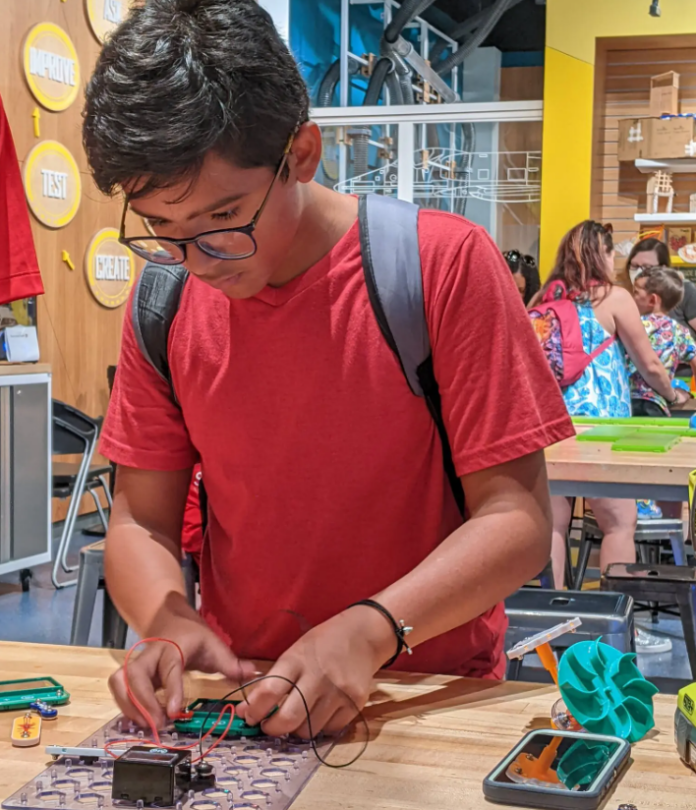“Welcome to the new face of children’s museums in the United States. Once venues for younger children that provided rainy-day entertainment through exhibits and a scattering of hands-on activities, they’re expanding their scope by offering a breadth of learning and support for a broader age group. The most prominent examples include teaching concepts around STEM (science, technology, engineering and math) and STEAM (which includes arts), opening spaces dedicated to teenagers and helping with communication skills and mental health.
The museum in Fort Lauderdale, which opened in 1977, is revamping its exhibits and activities to meet these new goals, as are other long-existing ones. Many new children’s museums that are opening around the country are making them a priority from the outset.
Children’s museums got their start with the opening of Brooklyn Children’s Museum in 1899, according to Arthur Affleck, the executive director of the Association of Children’s Museums, a group of 300 members. The museum still exists.”
Source:
Vora, S. (2023, April 27). Children’s museums are growing intellectually and emotionally. The New York Times. https://www.nytimes.com/2023/04/27/arts/design/childrens-museums.html?searchResultPosition=3
Analysis:
Museums are becoming more than just historical, artistic, scientific, or cultural exhibits. They are becoming more wholistic places of learning. Here we have an example of a cross-over between STEM and social skills and mental health. They are also engaging a wider audience. Often times children museums can lose their appeal to the kids in their teens because they feel like they are too old or “too cool” for it. Realizing that we have gaps in the age group focus of these more contemporary museums is opening new ways that we can reach people and educate them. The teenage years are so formative for kids and having a place to learn about mental health and STEM at the same time is incredible. It makes me wonder how we can adapt our current museums to be more digestible and flexible for different audiences.




